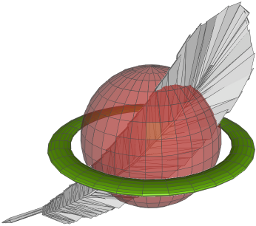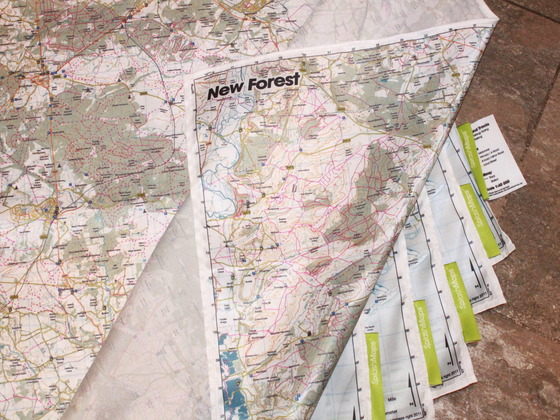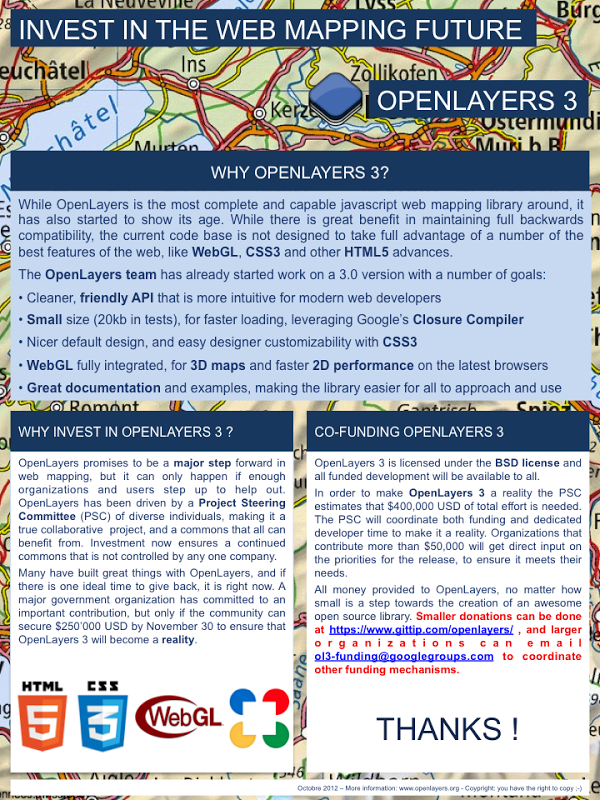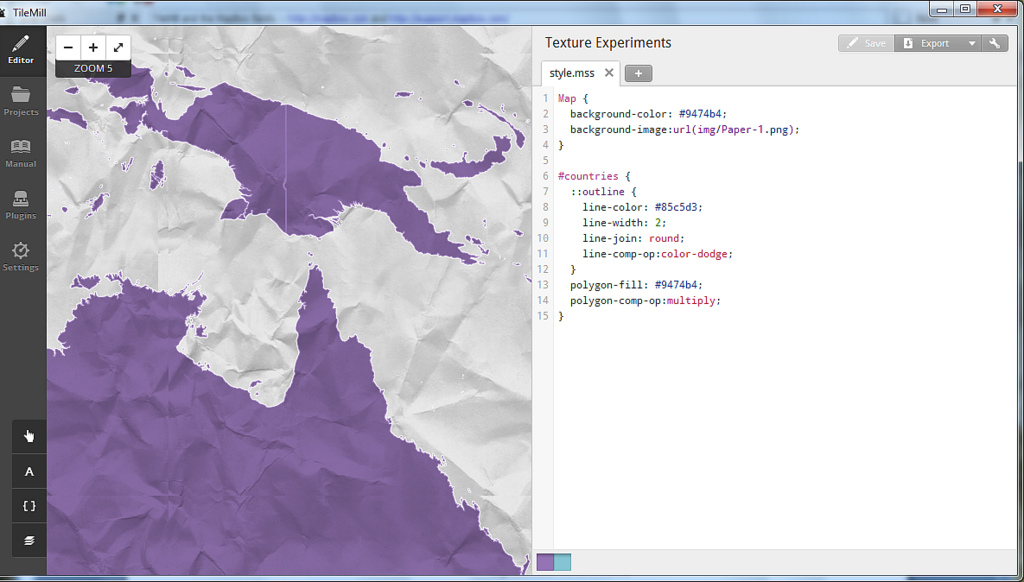Via Ecostudies I learned that SpatiaLite 4.0.0 has just been released.
Here's the warning and relevant changes related to switching to 4.0: "SpatiaLite Version 4.0.0 introduces several relevant changes; many of these may potentially pose severe cross-version compatibility issues. Accordingly to the above premise, a good comprehension of any related detail will surely allow you to successfully master and resolve any transition issue." A reminder, "SpatiaLite is an open source library intended to extend the SQLite core to support fully fledged Spatial SQL capabilities. SQLite is intrinsically simple and lightweight [...]"
See also this related discussion (read the comments) on SpatiaLite, the Shapefile of the Future? Of course, we mentioned SpatiaLite several other times.







